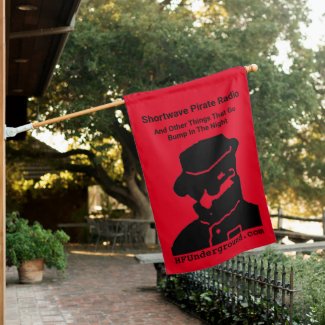13
« on: November 14, 2024, 0552 UTC »
ThaDood - yes, DDS is the way to go to replace a crystal, IMHO. The agile frequency module in the Rangemaster uses a little SMD clock generator IC that is programmed by 2 banks of DIP switches. I used to think it was a PLL circuit, but I looked at the IC in mine this morning and looked it up online. I think this is a slightly different method of frequency generation from DDS, but it seems to work well. You could pair up an Si5351 clock generator IC with an ATMega325 processor for a little circuit that would act as a crystal replacement. Adafruit sell an Si5351 breakout board, which you could team up with a cheap Arduino Nano. Then you just program whatever frequency you want into it. For greater stability, you can use a TCXO instead of the regular reference crystal.
From the point of view of circuit simplicity, I like crystals. Nowadays, for anything other than very specific frequencies, for which they are manufactured by the boatload, crystals seem to have gone the way of the dodo. I don't fully understand why Keith no longer uses crystals in his Rangemaster though. I'm a radio ham, and there are a few vendors who have bulk lots of crystals manufactured for specific popular frequencies in the ham bands, and sell them individually to hams - 7030, 10106, 14060, 21060, and 28060KHz, for example. I'm wondering why Keith couldn't have done this for the channels from 1590KHz thru 1700KHz? I believe that the crystals in the Rangemaster were HC-6/U types, with pins. I notice that the custom ham crystals that are now available are in smaller cans with wire leads - not pins. I wonder if it's the cans with pins that are no longer available for custom orders? The market for hams is probably bigger than that for an individual Part 15 transmitter builder, so it could also be the case that the minimum order required is too big for a Part 15 transmitter manufacturer.
As far as grinding your own crystals Rich, that was done with the older crystals that were in bigger holders that could easily be taken apart and reassembled. The FT-243 crystal was a popular size. The side plate on the holder could be unscrewed, and the little slab of crystal was held on to the wire connectors with a compression plate. It was a relatively simple matter to remove the crystal, grind it down a bit to increase the frequency, and reinsert it. You could even decrease the frequency a bit by rubbing graphite (from a pencil) on the side of the crystal. However, there was a limit to how much a crystal frequency could be moved with this method. You wouldn't have been able to move an AM BC band crystal one whole 10KHz channel - it's just too big of a frequency excursion.




